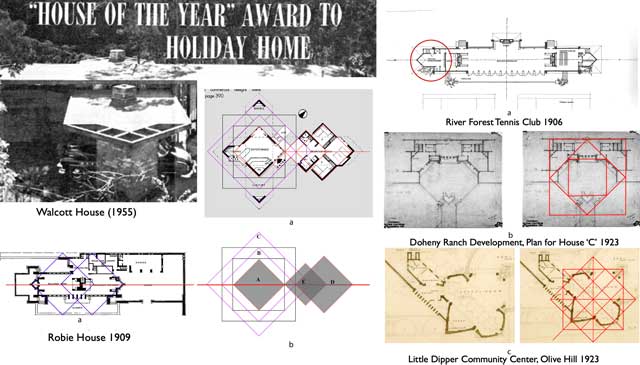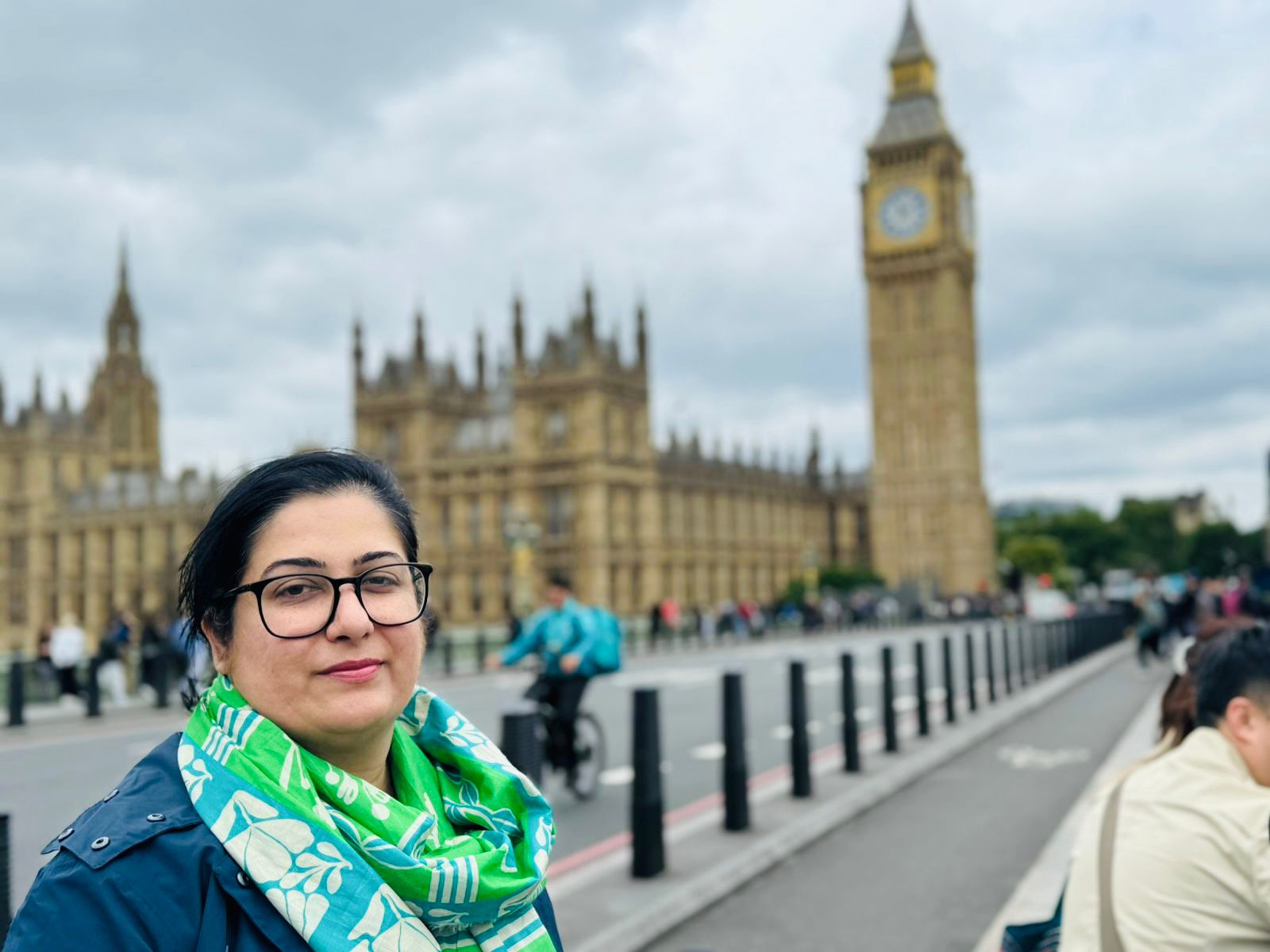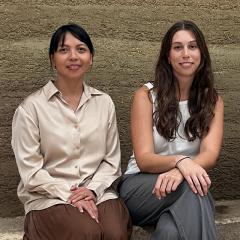An insightful PhD thesis by Maryam Fayyaz delves into the geometric transformation of Frank Lloyd Wright’s quadrate plan form and the ways it has been adopted by postwar Australian architects.
Titled Square Transformations: Reading Frank Lloyd Wright’s Plan in the Australian House of the 1950s and 1960s, Dr Fayyaz’s thesis was conferred by the School of Architecture, Design and Planning on 15 November 2024. By examining archival drawings and implementing a novel methodology for analysing plan morphologies, the research provides fresh insights into mid-20th-century Australian architecture.
“One of the key findings of my research is how architects such as Peter Muller and Enrico Taglietti reinterpreted Wright’s geometric principles while adapting them to the Australian climate and landscape,” said Dr Fayyaz.
“The study also demonstrates how computational techniques, such as cellular automata, can uncover hidden patterns in architectural drawings, offering new ways to analyse and document historical transformations in architectural form.”

Associate Professor Antony Moulis, principal supervisor, said the combination of digitally-driven analysis and historical inquiry was a bold and innovative research approach. "It was exciting to support Maryam’s project, which has much to offer future studies in the field," he said.
The thesis is currently embargoed while Dr Fayyaz prepares for future publications, including a monograph that further explores Frank Lloyd Wright’s influence on modern architecture in Australia. Previous related publications include Sequencing Square: A Study of Patterns in the Plan Drawings of Peter Muller, which was published in the 2021 SAHANZ Conference Proceedings; and Oblique Speculations: A Study of Frank Lloyd Wright’s Grid in the Drawings of Edwin H. Oribin, which was presented at the 2018 Annual Design Research Conference in Sydney.
“Completing my PhD has been a deeply fulfilling experience. It was a journey of intellectual growth, perseverance, and discovery,” said Dr Fayyaz.
“While challenging at times, the process of exploring a niche intersection of architectural history and computation has reinforced my passion for research and teaching.”
Dr Fayyaz is currently an Adjunct Assistant Professor at the College of Arts and Creative Enterprises at Zayed University in Abu Dhabi. She specialises in digital architecture, modern architectural history, and the trans-cultural transfer of architectural theories.

In 2009, Dr Fayyaz was awarded the prestigious Fulbright Scholarship for her Master of Architecture (Post-Professional) at Pratt Institute, New York. While completing her PhD research at UQ, she was a recipient of the UQ Graduate School Scholarship and Research Training Program.
Dr Fayyaz said the interdisciplinary research environment at UQ was invaluable to her PhD research.
“Engaging with scholars across different fields helped refine my arguments and approach. The support from my advisory team, along with access to the university’s rich archives and computational tools, was also instrumental,” she said.
“My advice for other higher degree by research candidates is to stay curious and allow your research to evolve organically. Engage with interdisciplinary perspectives; they can open unexpected but valuable insights.
“Also, writing consistently and seeking feedback early helps in structuring your thesis effectively.”
Dr Fayyaz is grateful to her UQ advisory team – Dr Antony Moulis, Dr Fred Fialho Teixeira, Dr Deborah van der Plaat and Dr Timothy O'Rourke – for their invaluable guidance. She also thanks her family, friends and colleagues for their support and encouragement.
In the future, Dr Fayyaz hopes to continue bridging computational techniques with architectural history to uncover new insights into design evolution. She also aspires to mentor students and researchers interested in architectural analysis and digital methodologies.
“On a broader scale, I hope my work contributes to a deeper understanding of the intersection between historical architecture and modern computational tools,” she said.



